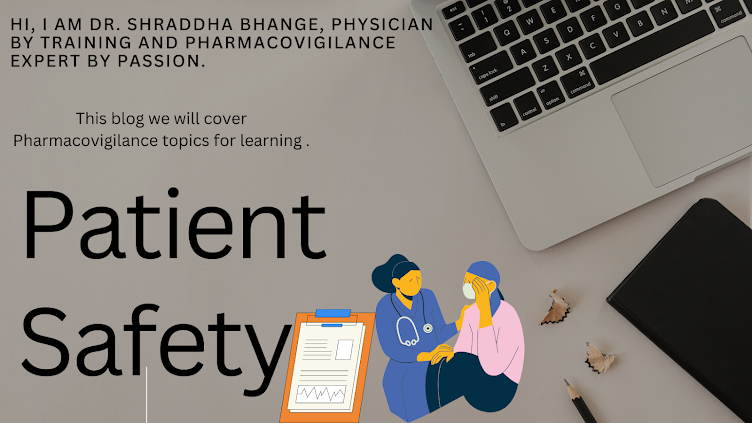ICH guidelines- Summary of E2E
Pharmacovigilance Planning
Any PV professional aiming to work in or already working in PV has to be aware on how to navigate and use the ICH guidance documents.
- ICH E2E goes into details about a Safety Specification and Pharmacovigilance Plan that might be submitted at the time of license application.
- This module describes two aspects i.e. Safety Specification and Pharmacovigilance Plan.
- Pharmacovigilance plan can also be developed for products already on the market (e.g., new indication or major new safety concern).
- The same plan can correlate to the Common Technical Document (CTD), especially the Overview of Safety [2.5.5], Benefits and Risks Conclusions [2.5.6], and the Summary of Clinical Safety [2.7.4] sections, includes information relating to the safety of the product.
1. Safety specification:
This can be started to build during pre clinical phase and allows regulators and the industry to be aware of safety profile of product and supporting data and this can be utilized to build the PV methods to address same in future.
1.1. Non clinical : The data on toxicity, pharmacology and drug interactions
1.2 Clinical : World wide experience i.e. patient exposure, regulatory actions, new or different safety issues
1.3 Populations not studied in pre approval phase: Special category i.e. children, elderly and pregnant females etc.
1.4 AE/ADR
1.5 Epidemiology of disease
1.6 pharmacological class effects
1.7 Summary- Summarize the important identified, potential risks and missing information.
2. Pharmacovigilance plan:
This plan very closely resembles the risk management plan sections. Below are template sections.
2. 1. Summary of Ongoing Safety Issues
2.2 Routine Pharmacovigilance Practices
2.3 Action Plan for Safety Issues
2.4 Summary of Actions to be Completed, Including Milestones
3. Pharmacovigilance methods:
The guidance documents also describe various methods and which one can MAH chose and what principles to use for same. For e.g. for spontaneous reports data mining techniques can be used but what are pro and cons for same. Stimulated reporting, case series , active surveillance, registries can be used as well for PV and the definitions, advantages and details are well explained.
Reference:https://database.ich.org/sites/default/files/E2E_Guideline.pdf
Written by:
Dr.Shraddha Bhange.
Connect with me Via comments below. (I do not respond to Facebook messages)
Support the cause of better rural education with me:ThinkSharp Foundation http://thinksharpfoundation.org/#home


No comments:
Post a Comment
Please share your suggestions, they are most welcome!